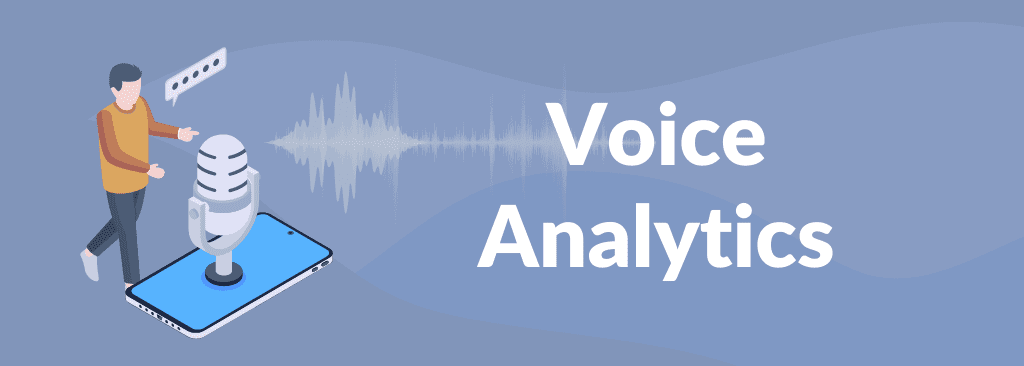Everything You Need to Know About Call Center Speech Analytics
What is Call Center Speech Analytics?
A call center speech analytics uses audio from recorded calls and converts them into structured data for searching and analyzing. The tools also utilize other associated data, such as customer profile information or when the customer interaction occurred.
A text transcript is also extracted from the call and voice analytics comes into play by offering deeper insights into customer sentiment, agent performance, and conversation trends
Its features include advanced search and filtering, enterprise-grade speech recognition and transcription, contextual call playback data, tagging and commenting, transcript visualization, and full PCI redaction.
The search works in a custom fashion. It includes a highly flexible search engine for quickly and easily finding and retrieving calls through free-form combination of keywords, phrases, acoustic measures, filler words, and call metadata.
Why is Speech Analytics Gaining so Much Ground?
When we talk about a call center, the available data is in the form of speech. Every call center generates gigabytes of data every day.
What Do We Do With Them?
Managers and supervisors of a call center listen to only 2% of the recorded calls unless something unfavorable happens. Often, the unfavorable happenings are never reported.
How Call Center Speech Analytics Impact 98% of Unanalyzed Calls
With customer experience becoming the key competitive differentiator, every organization stands to gain from the voice interactions that customers have with their agents. There are a whole bunch of learnings that can come from voice.
Cloud Call centers platforms are leaving a lot of money on the table without an enterprise-grade speech analytics solution.
Assume that you have a speech analytics solution in place, then the scenario is completely different.
For instance, the agent may not be aware of the growing ire of the customer, but the computer recording the call would. It can even analyze if a customer is irritated, stressed, or plain disappointed with the interaction that they had with your organization.
Using big data techniques combined with voice analytics solution, an organization can get important business insights by analyzing a huge volume of call data.
You can rapidly analyze call recordings to identify compliance issues, misselling, privacy issues – either warn the agent or escalate to a manager to take corrective action.
This would ensure that your call center is compliant with regulations and helps you understand grey areas to improve your call center function’s overall productivity and happiness.
How Does Speech Analytics Figure in Customer Satisfaction Surveys?
The most important aspect of customer experience is you seeking feedback from your customers as to whether they find you Good, Bad, or Ugly. For that, you run customer satisfaction surveys. Then you analyze that data and come up with your CSAT and NPS kind of metrics.
Now imagine, running the survey as a voice feedback system where your customers provide their feedback in natural speech, your speech analytics engine can read between the lines, and understand things that would never have been possible for you otherwise. Armed with this information, you can provide the best possible experience to your customers.
Check out our blog on : Use Cases of Speech Analytics in a Contact Center
To sum up, contact center speech analytics can help increase your contact center efficiency, call center agent performance, and customer experience while reducing compliance risks. Overall, call center speech analytics can help your brand grow, and save you a lot of money:
- The top reasons why people call and what you can do about it
- Reduce the cost of callbacks as a result of improved first-call resolution (FCR) rates
- Avoid penalty fines and damages by maintaining compliance with data records
- Lowest cost per call with improved average handle time (AHT)
- Provide information about customer satisfaction and competitive intelligence
- Reduce customer churn by predicting at-risk customers
- Improve quality monitoring
- Provide targeted coaching to individual employees by analyzing their performance
- Reduced call volumes by identifying typical call issues and customizing self-service options to provide a solution
